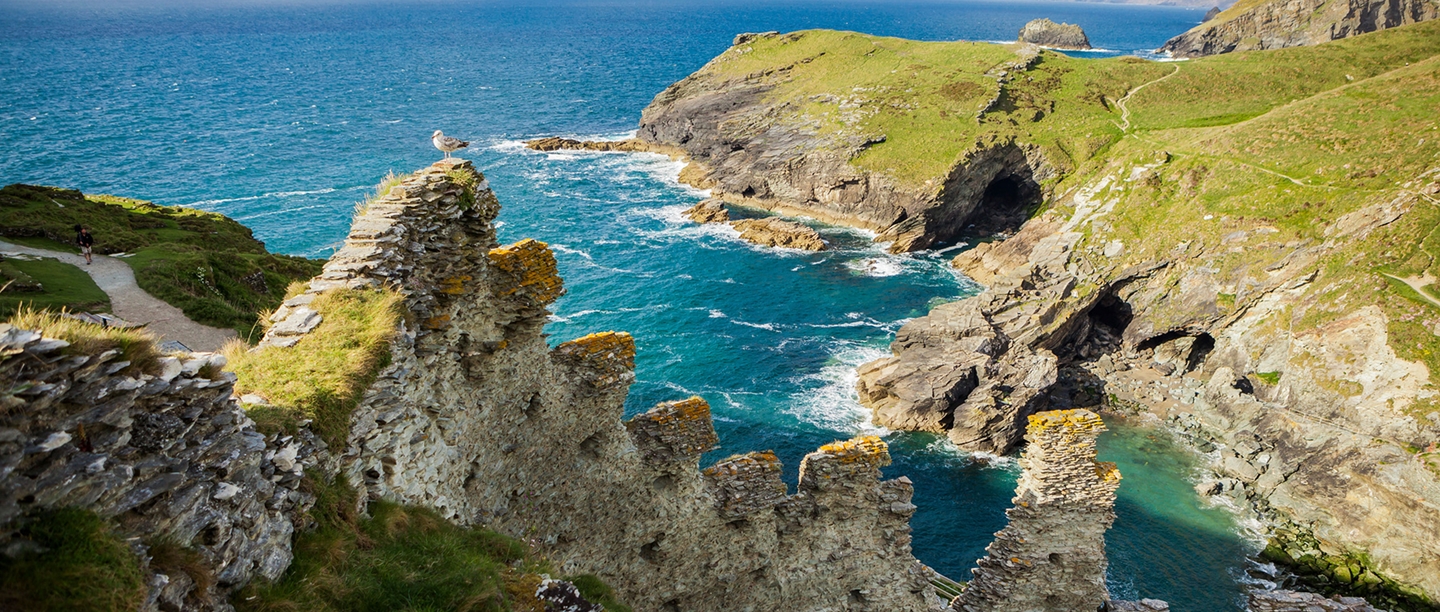Why Visit Cornwall?
Cornwall, the rugged county in the south west corner of the UK, is famous for its beaches and outdoor activities, picturesque ports and relaxed vibe - but there are thousands of years of history, and a distinctive local culture to explore too.
Perhaps one of the most well-known places to visit in Cornwall is the beautiful Tintagel Castle, the ancient seat of Cornish kings and now irrevocably linked to the legend of King Arthur. Pounded by the Atlantic Ocean, Tintagel sits atop the towering cliffs that you'll find along the north Cornwall coast - and is not too far from some celebrated surfing beaches.
The landscape of Cornwall's south coast is gentler, and the charming fishing villages of the so-called Cornish Riviera are defended not so much by geography as by coastal fortresses like Pendennis and St Mawes.
The South West Coast Path walking trail runs right around the peninsula, but there's plenty to explore away from the coastline too. From mysterious stone circles and burial chambers of ancient Britons at Chysauster and Carn Euny, to Iron Age settlements, Norman castles and wild moorlands, Cornwall is a great place to escape to for a holiday with history.
This guide whizzes through a selection of things to see in Cornwall, tailored to history lovers. If you have the time though, we'd thoroughly recommend a longer stay in this beautiful region.
Things to do in Cornwall
Day 1 - Castles Guarding the Gateway
LAUNCESTON CASTLE AND RESTORMEL CASTLE
High above the town of Launceston at the gateway into Cornwall, sits Launceston Castle. It was built shortly after the Conquest of 1066 as an expression of power and status symbol of the Norman establishment, and climbing the many steps to the top of the castle keep, you can see why.
Panoramic views of the rolling hills and surrounding towns unfold across two counties, with Cornwall on your left and Devon on your right. It's a spectacular sight today and would have also been a very useful one for defending your realm.
Less than an hour's drive from Launceston Castle, venturing further into Cornwall across (or around) Bodmin Moor is another impressive - albeit very different - fortress. Restormel Castle near Lostwithiel was built as a sort of holiday castle in the 12th century by the Earl of Cornwall. It was used a place to visit, relax and spent time in the tranquil and isolated landscape, and this is still true today.
The picturesque castle ruins are set in parkland, surrounded by woods teaming with wildlife. After heading up into the castle battlements to soak up the views, venture off on one of the many walks around the castle land. We recommend bringing along a picnic, although there are light snacks and refreshments available in the shop.
Day 2 - Falmouth - Two Castles by boat
PENDENNIS CASTLE AND ST MAWES CASTLE
The fascinating harbour town of Falmouth has a creative buzz from several independent galleries, cafes and shops - but also holds a rich maritime history.
Sitting majestically on the headland above the town looking out across the Carrick Roads (where the mouth of the River Fal joins the English Channel) is Pendennis Castle. This coastal fortress has defended Cornwall against invasion since Tudor times, and was added to and updated to face new threats over 400 years - most recently the Second World War. Pendennis' sister site, St Mawes Castle, is situated across the estuary - you can spot it on a clear day, and a boat trip links the two castles.
It would be easy to spend the whole day watching the passing ships sail by from Pendennis, but once you've taken in the views and scents of the sea, head down into the First World War exhibition. Immerse yourself in the story of Pendennis Castles' role during the conflict and discover personal accounts of the men and women who went to war, and how Pendennis Castle became a military headquarters as Falmouth became a Defended Port.
You can catch the foot ferry across to St Mawes from Falmouth Harbour or if you are travelling by car catch the King Harry Ferry at Feock and save yourself a 30 mile round trip. Approaching this site by boat, you get incredible views of the castle and the surrounding landscape. This charming castle is a perennial favourite of our Members and visitors, built in the shape of a clover-leaf and elaborately decorated with Latin inscriptions in praise of Henry VIII and his son Edward VI. Like Pendennis, it's another example of Henry's coastal fortresses, but unlike its sister castle St Mawes Castle was never developed after its completion.
From Falmouth, if you have a few extra days, explore the tip of Cornwall before heading back up the north coast of Cornwall. This is where you'll find the most southerly and south-westerly points of the UK mainland (at the Lizard and Lands End respectively) St Michael's Mount - a tidal island topped by a castle, and the iconic arty oasis of St Ives.
Day 3 - Tintagel and Cornwall's North Coast
TINTAGEL CASTLE
The north coast of Cornwall is peppered with harbour towns and fishing villages to explore like Newquay, Padstow and Bude - which also have excellent reputations for surfing, food and art. But there's nowhere quite like Tintagel Castle to combine history with spending time on the Cornish coast.
Built half on the mainland and half on a jagged headland projecting into the Cornish sea, Tintagel was once one of the most important places in the whole of the British Isles, closely involved in trade with the eastern Mediterranean. During the so-called Dark Ages, a prosperous community was based at the site, remnants of which can still be explored today.
It's easy to see why the breathtaking scenery of Tintagel inspired 12th century writer Geoffrey of Monmouth to name the site as the birthplace of King Arthur in his History of the Kings of Britain. It was these legendary connections that lead Richard, Earl of Cornwall to build a castle here in the 1230s, and we're inviting visitors to explore the way that legend and reality have uniquely combined to shape Tintagel through the ages.
The museum exhibition is designed to reflect the idea of a storybook containing many different tales, while outside our new sculptures and artworks around the site connect the stories with the landscape. Don't miss the chance to take a selfie with the newly installed statue of Gallos (Cornish for 'power') at the top of the headland, and hunt for the hidden face of Merlin - carved into one of the rocks outside the cave named after him.
You'll find Merlin's Cave down on one of Tintagel's best kept secrets - its very own private beach. The cave is on the left side, while on the right of the steps, a waterfall cascades onto the sand from the cliffs above. At low tide it's the perfect place for a quick paddle, splashing near the waterfall or simply sitting back and enjoying the views out across the Atlantic.
Please note that due to the steep steps and naturally rocky terrain, access to certain parts of the site (including the beach) may be challenging for visitors with limited mobility and young children.
Where to Eat and Drink
We asked our site staff and local members for their tips on places to eat and drink in Cornwall and here's what they suggested. If you find somewhere you want to recommend, let us know on Facebook and Twitter.
- When visiting Launceston Castle and Restormel Castle there are some light snacks and ice-creams available in the gift shops. These sites are also perfect for a picnic so don't forget to pack your favourite sandwiches so you can enjoy the views and atmosphere for longer. Launceston Castle is only a short walk from the town, so why not grab a traditional Cornish pasty from the bakers and tuck in once you reach the top of the keep?
- Tintagel Castle's newly opened Beach Café not only serves delicious local food and drink, but also offers breath-taking coastal views along with it. The crab sandwiches are particularly delicious, and are made with fresh crab sourced from the nearby Port Isaac.
- St Mawes Castle and Pendennis Castle are surrounded with many outlets offering a taste of Cornwall and locally sourced seafood. The café inside the Barrack Block of Pendennis offers an array of hot and cold treats including freshly bakes cakes, scones, homity pie and even rabbit terrine.
Where to Stay
Staying in an English Heritage holiday cottage is one of the most unique and luxurious ways to explore England’s past. Whether you find inspiration in the evocative settings, little-known details or colourful characters of history, staying at one of our sites will make for an unforgettable experience. After the site closes to the public you can discover a new side as you explore all by yourself. Soak up the unique atmosphere of the sun setting on hundreds of years of history and, come morning, see it light up some of the most iconic sights in the country.
-
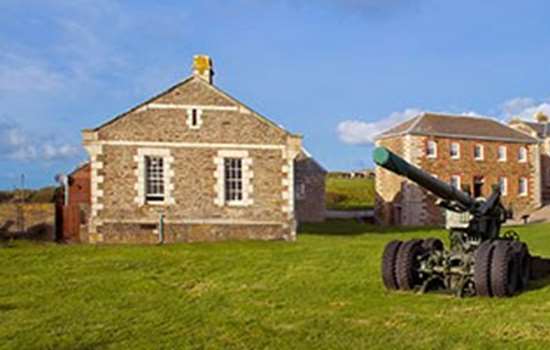
Callie's Cottage, Pendennis Castle
Built in the early 1900s, this former Sergeant’s Mess has been stylishly converted into a two bedroomed holiday cottage and is located in the heart of Pendennis Castle.
-
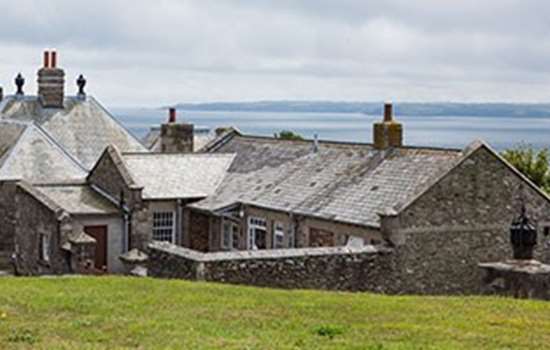
Custodian's House, Pendennis Castle
A spacious one bedroom holiday cottage, the Custodian’s House has sweeping views of Gyllyngvase Bay and the Cornish coastline beyond.
-
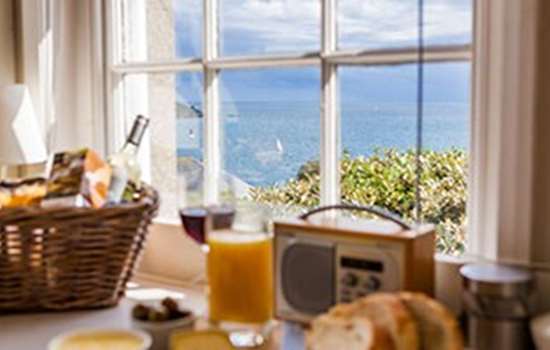
Fort House, St Mawes Castle
With spectacular views across the Fal Estuary, Fort House is is a spacious and airy cottage nestled into the hillside just above St Mawes Castle.
Getting there and getting around
Whether you explore with or without a car you’ll find travelling around Cornwall relatively easy. There are well-thought out local bus and train services making it simple to pick up cycle paths and walking trails.
- By Car - Whilst a lot of Cornwall is accessible via A and B roads (with two lanes) you may find yourself travelling along some much narrower roads for a good portion of your journey. If you approach Cornwall from North Devon, the Atlantic Highway A39 can be joined from Junction 27 on the M5 motorway.
- By Bus - There are plenty of bus routes covering the whole of Cornwall, serving many of the largest towns villages across the county.
- By Train - High speed train services travel into Cornwall regularly from London Paddington station and there are also direct trains that run from Bath and Bristol in the South West.
- By Bike - Cornwall is a great place to explore by bike. The Cornish Way is a trail that takes you from Land's End to Bude, but there are many National Routes that allow you to explore Cornwall on two wheels.
Extend your visit
If you'd like to make more of your time in Cornwall, then visits to Chysauster and Carn Euny Ancient Villages are a must.
Chysauster and Carn Euny are Iron Age settlements situated in west of Cornwall and were originally occupied almost 2,000 years ago. You can walk through the remains of the homesteads and feel a sense of how our ancestors lived, perched on the rugged landscapes that have remained virtually unchanged over time.
These atmospheric sites are also home to a great range of birds, wildlife, flora and fauna and throughout the year you can enjoy a display of colour, song and fragrance as you wander through the houses of these ancient people. Orchids, gorse and bluebells grow amidst the stone remains and in the surrounding countryside and you could even spot the odd rabbit, fox, shrew or little bird enjoying the summer sun.
ASSOCIATED ATTRACTIONS
There are plenty of things to see in do in Cornwall, some of which offer a discount to English Heritage Members. See the latest Associated Attractions in the region here.
GET ACTIVE
A holiday to Cornwall is a great way to blow away the cobwebs and get active in and around the stunning scenery:
- Head down to the many beaches of Newquay and learn to surf
- Go for a wild ramble through the Lost Gardens of Heligan
- Hike through the dramatic landscape of Bodmin Moor
- Experience the high-octane thrill of watersports in Widemouth Bay, Bude
More to Explore
-
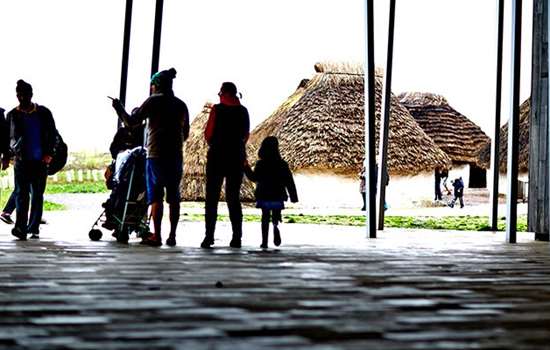
Members Do More
Delve deeper into the past and enjoy unlimited access to over 400 historic places. Annual membership starts from £43.50
-
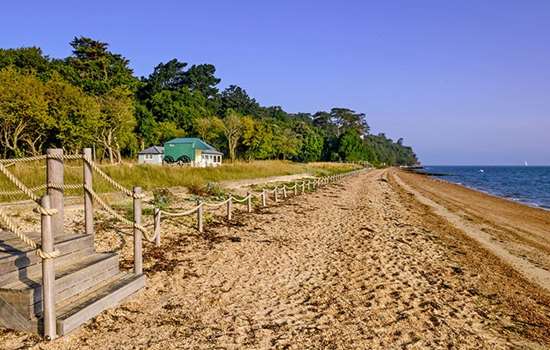
Holiday Cottages
Immerse yourself in England's colourful past by staying in one of our unique and historical properties - choose from cosy cottages, gatehouse towers, beachside retreats and more.
-

Overseas Visitor Pass
If you're visiting from aboard, choose between a 9 or 16 day pass and receive unlimited access to England's greatest historic attractions from just £30
-
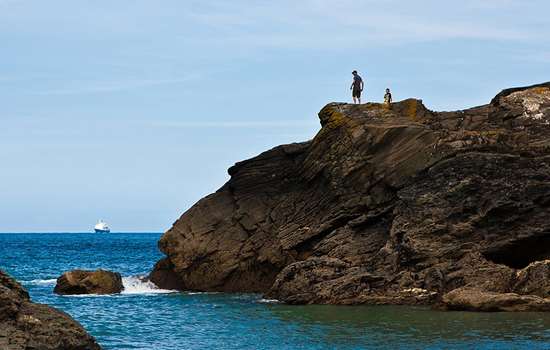
More Travel Guides
Discover more itinerary ideas for weekends away and short breaks in England with our Travel Guides

